Dill weed is the feathery green leaves of the dill plant, while dill seeds are the small oval fruits that form after flowering. This critical difference affects flavor, heat tolerance, and recipe success - using the wrong one can ruin your dish. Here's exactly when to use each and why substitutions often fail.
Table of Contents
- The Critical Difference You Need to Know Immediately
- Dill Weed: When to Use It (And When Not To)
- Dill Seeds: Your Secret Weapon for Preserved Foods
- Side-by-Side Comparison: Flavor, Heat & Vinegar Response
- Why Grocery Stores Make This Confusing
- Practical Substitution Guide: What Works and What Doesn't
- Recipe-Specific Recommendations You Can Trust
- Proper Storage for Maximum Flavor Longevity
- Frequently Asked Questions
The Critical Difference You Need to Know Immediately
When searching dill weed vs dill seeds, you need this vital distinction: dill weed means the fresh or dried leaves (despite the confusing "weed" name), while dill seeds are the mature fruit harvested after flowering. They come from the same plant (Anethum graveolens), but have completely different flavor profiles and cooking properties. Mistaking them causes recipe failures - seeds in tzatziki creates bitterness, while weed in pickles disappears completely.

This confusion happens because grocery stores often label dried leaves as simply "dill" while calling seeds "dill seed." Understanding this difference prevents expensive kitchen mistakes and transforms inconsistent results into reliable success.
Dill Weed: When to Use It (And When Not To)
Dill weed refers specifically to the delicate, fern-like leaves of the dill plant, either fresh or dried. The "weed" terminology comes from historical agricultural language, not quality implications.
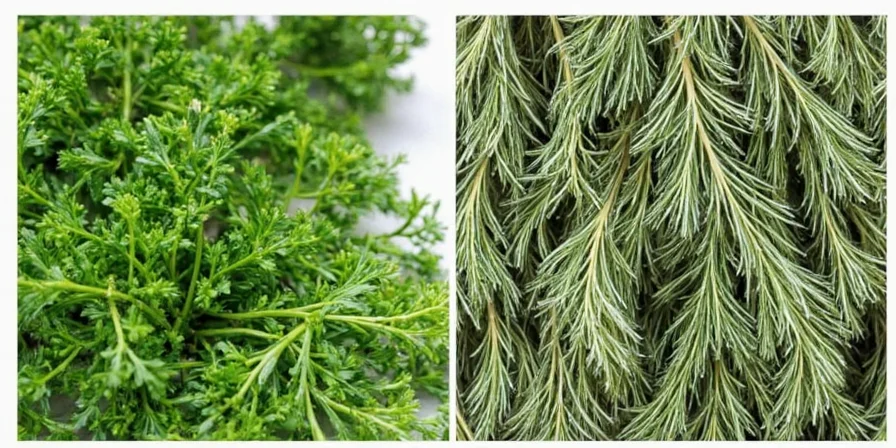
- Flavor Profile: Bright, grassy notes with citrus undertones that fade quickly with heat exposure
- Best Used In: Cold dishes, finishing touches, dairy-based sauces (tzatziki, sour cream dips)
- Never Use In: Pickling brines, long-simmered dishes, baked goods (flavor disappears)
- Common Mistake: Using in refrigerator pickles (works for short-term but fails for fermented)
Dill weed shines when added at the very end of cooking or to cold preparations. For maximum impact in salmon dishes or cucumber salads, sprinkle fresh weed just before serving.
Dill Seeds: Your Secret Weapon for Preserved Foods
Dill seeds develop after the plant flowers, forming in tan, oval pods. These are the actual reproductive seeds of the plant.
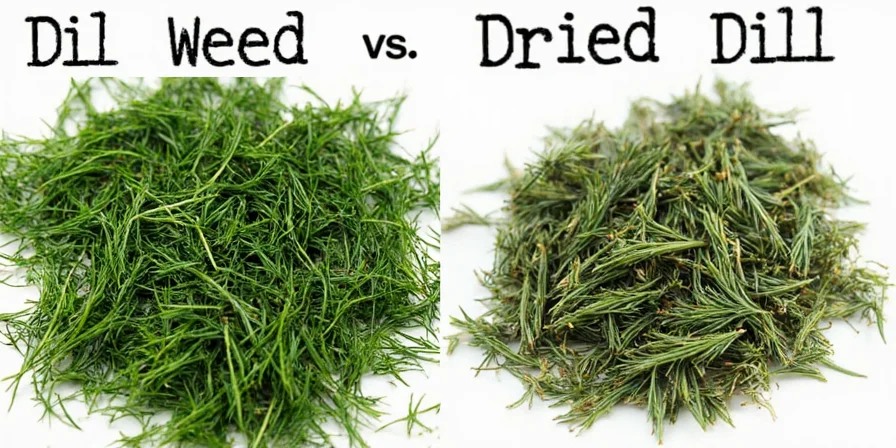
- Flavor Profile: Earthy, warm bitterness similar to caraway with excellent vinegar resistance
- Best Used In: Pickling brines, sauerkraut, bread doughs, slow-cooked stews
- Never Use In: Tzatziki, fresh salads, cold sauces (creates unpleasant texture)
- Pro Tip: Dry-toast seeds 60 seconds before use to release 40% more flavor compounds
Dill seeds maintain their flavor through fermentation and extended cooking, making them essential for authentic dill pickles and traditional rye bread.
Side-by-Side Comparison: Flavor, Heat & Vinegar Response
This comparison highlights what matters for your cooking success, not botanical details:
| Critical Factor | Dill Weed (Leaves) | Dill Seeds |
|---|---|---|
| Best Flavor Release | Raw or added in last 90 seconds | Dry-toasted or simmered 10+ minutes |
| Vinegar Reaction | Mellows to near disappearance | Flavor intensifies and stabilizes |
| Pickling Effectiveness | Only works for refrigerator pickles | Essential for fermented/canned pickles |
| Texture in Finished Dish | Soft integration, no crunch | Noticeable pleasant crunch |
| Shelf Life at Room Temp | 12-18 months (store in dark jar) | 36+ months (store in any container) |
Key takeaway: if your recipe involves vinegar or cooking longer than 10 minutes, use seeds. For cold applications or finishing touches, use weed.
Why Grocery Stores Make This Confusing
Most grocery confusion stems from inconsistent labeling. "Dried dill" almost always means dill weed (dried leaves), while "dill seed" specifies the actual seeds. Many spice racks have "dill" labeled for seeds, creating false equivalence. Modern food science confirms their chemical differences: weed contains higher terpene levels (for fresh aroma), while seeds have concentrated limonene (for earthy depth). This explains why substitutions often fail chemically, not just in taste.
Practical Substitution Guide: What Works and What Doesn't
Follow these evidence-based guidelines to avoid recipe disasters:
- Emergency Substitution: If you must substitute, use 1 tsp seeds = 1 tbsp weed (not vice versa) but expect flavor differences
- Pickling Reality: Seeds are non-negotiable for fermented pickles - weed dissolves into unpleasant bitterness
- Dairy Warning: Never substitute seeds in tzatziki or sour cream sauces - creates harsh texture and flavor
- Storage Solution: Immediately relabel store-bought "dill" as "dill seeds" upon purchase to prevent confusion
- Fresh Alternative: When substituting fresh for dried weed, use 3x more fresh (1 tbsp fresh = 1 tsp dried)
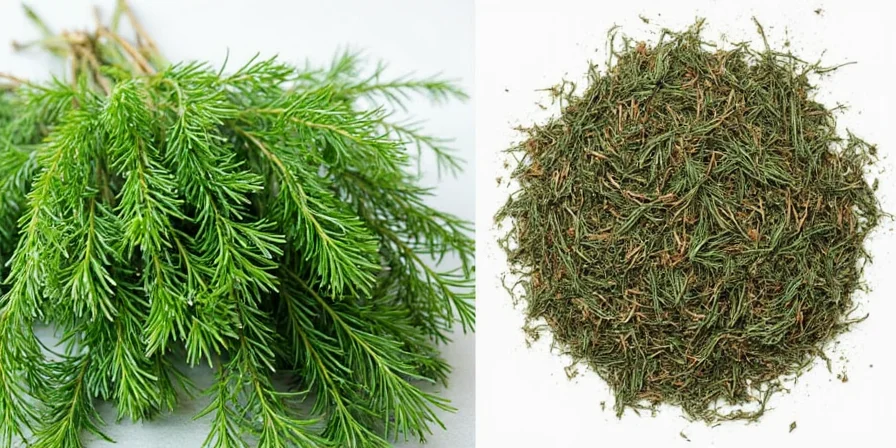
Recipe-Specific Recommendations You Can Trust
These clear guidelines eliminate guesswork:
- Cucumber Salad: Dill weed exclusively (seeds overpower delicate texture)
- Fermented Pickles: Dill seeds required (weed fails during fermentation)
- Lemon-Dill Salmon: Fresh weed preferred (dried works if rehydrated in lemon juice)
- Rye Bread: Dill seeds essential (weed burns during baking)
- Tzatziki: Dill weed mandatory (seeds create textural clash)
- Beet Salad: Dill weed for brightness (seeds overwhelm earthy beets)
- Stocks/Broths: Dill seeds only (weed loses all flavor during simmering)
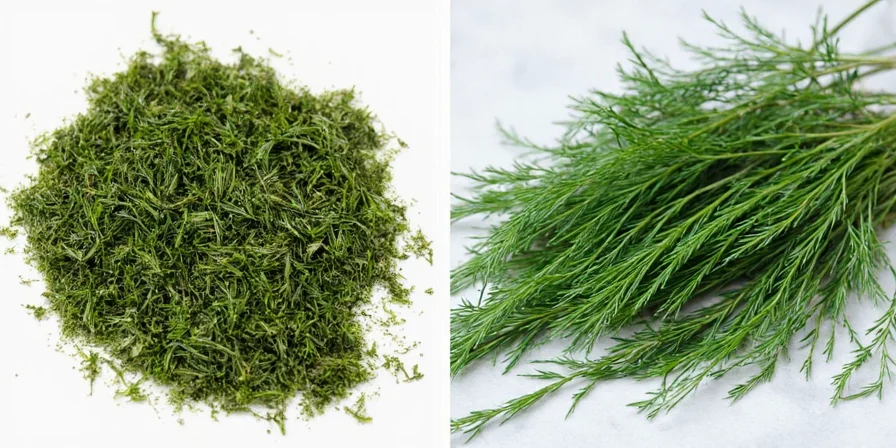
When in doubt: check your recipe's cooking time and vinegar content. Long cooking or vinegar means seeds. Short preparation or dairy means weed.
Proper Storage for Maximum Flavor Longevity
Preserve your investment with these science-backed storage methods:
- Dill Weed: Store in opaque, airtight container away from light and heat (shelf life: 12-18 months)
- Dill Seeds: Keep in any sealed container (shelf life: 36+ months)
- Test for Freshness: Rub between fingers - weak aroma means replacement time
- Freezing Trick: Freeze fresh weed in ice cube trays with water for cooking applications
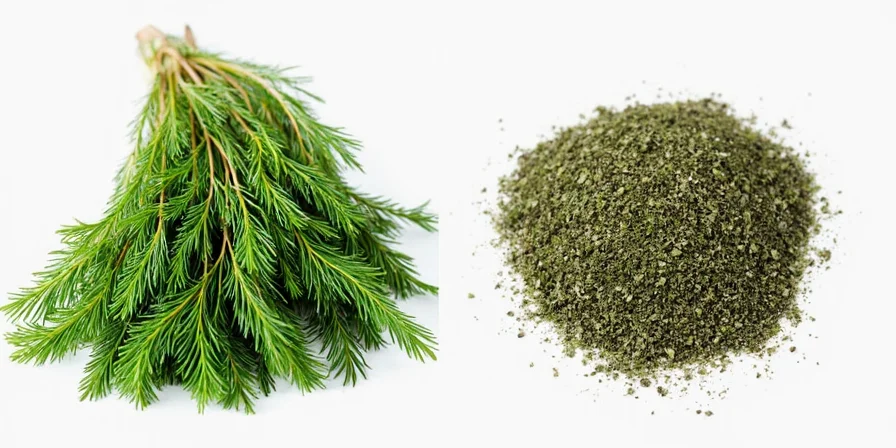
Summary: What You Must Remember
- Dill weed = leaves (use for finishing/cold dishes)
- Dill seeds = fruit (use for pickling/baking)
- Never interchange in pickling or dairy recipes
- Seeds last 3x longer than weed in storage
Frequently Asked Questions
Can I substitute dill weed for dill seeds in pickling recipes?
No. Dill seeds withstand vinegar brines and fermentation, while weed dissolves into bitterness. Seeds provide the necessary flavor stability for safe, tasty pickles.
Why does my dill weed lose flavor so quickly?
Dill weed's volatile oils degrade rapidly when exposed to light, air, or heat. Store in opaque, airtight containers below 70°F (21°C) for maximum shelf life.
Are dill seeds safe for long-term storage?
Yes. Their hard shell protects flavor compounds. Properly stored seeds retain potency for 3+ years versus 1-1.5 years for weed. Check for rancidity by rubbing between fingers—if aroma is weak, replace.
Can I use fresh dill weed instead of dried in recipes?
Yes, but adjust quantities: 1 tablespoon fresh ≈ 1 teaspoon dried. Add fresh weed later in cooking since heat diminishes its flavor faster than dried.

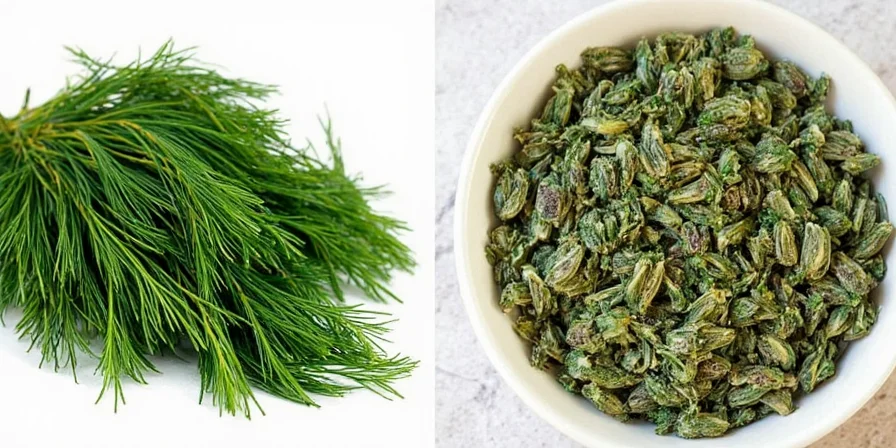









 浙公网安备
33010002000092号
浙公网安备
33010002000092号 浙B2-20120091-4
浙B2-20120091-4